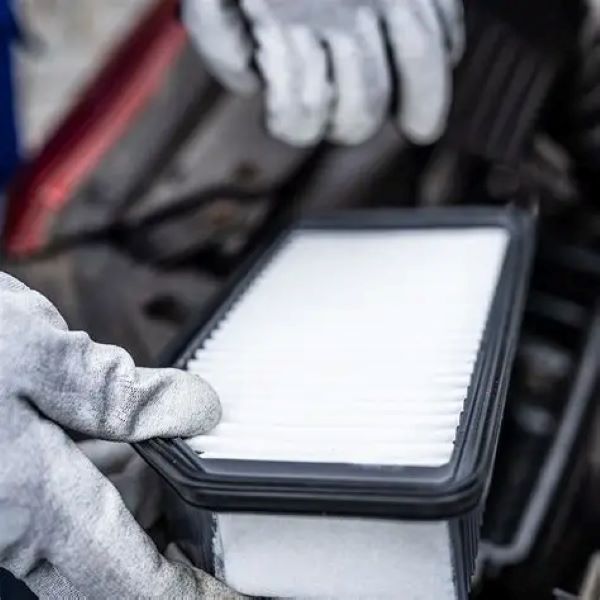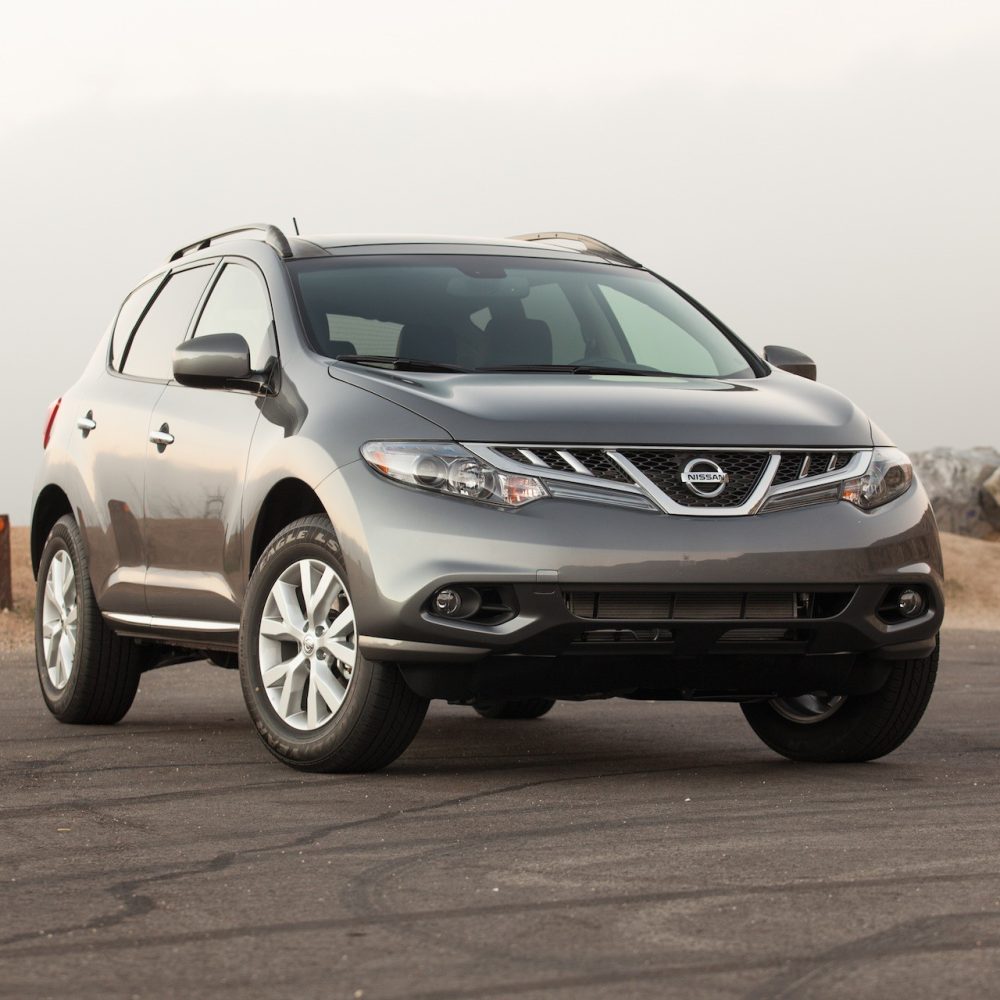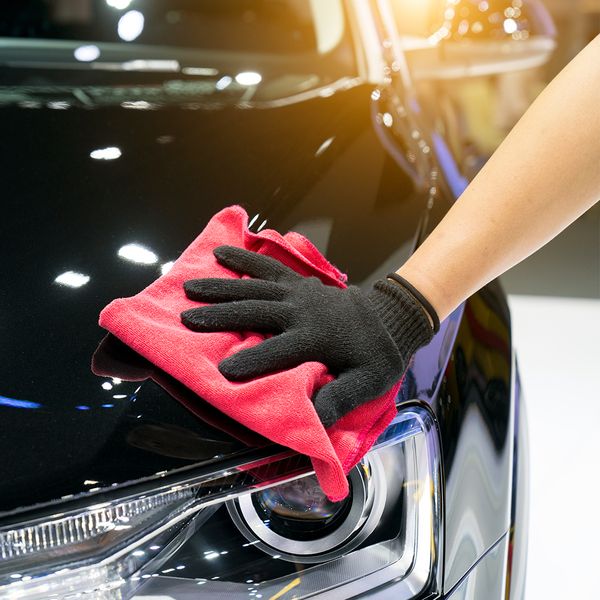The Legendary Appeal Behind Datsun’s 1971-1978 280Z
Arriving in the wake of Nissan’s 1969 240Z introduction, the 1971 Datsun 280Z doubled down on its predecessor’s winning sports car formula. While the incoming 280Z preserved beloved 240Z design cues tracing back to earlier competition roadsters, its larger 2.8 L engine uptick power and performance to elevate Nissan models into true European and Japanese sports car contenders. 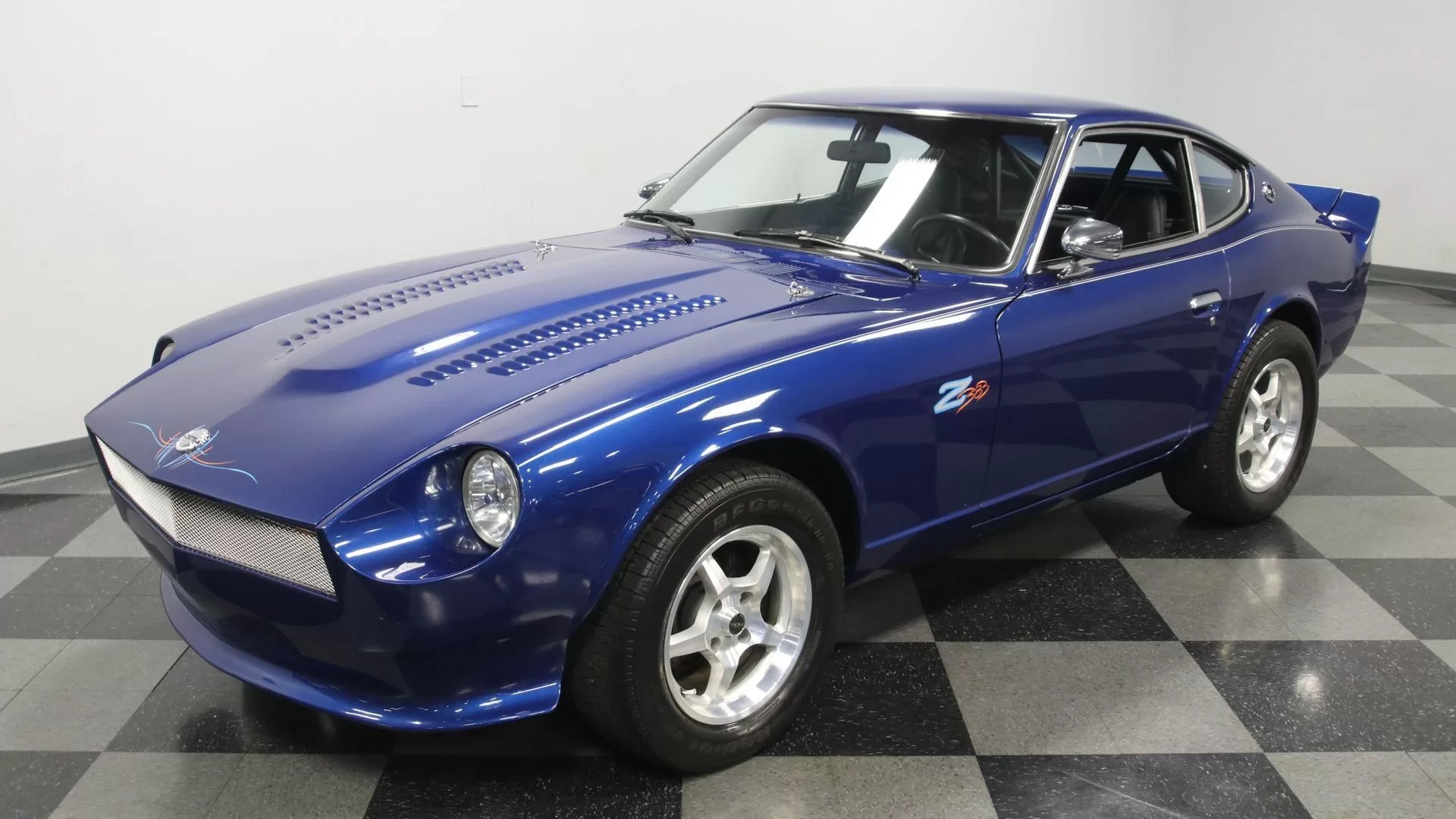
Even over 40 years later in 2023, first-generation Datsun 280Z vehicles maintain treasured status among sports cars and import tuning communities worldwide. This guide explores why the 280Z became an enthusiast icon with enduring universal appeal decades on, what set the 280Z apart in its era, and why this Datsun makes a compelling classic for restoration even today.
Power and Performance That Could Rival the Competition
The Datsun 280Z maintained familiar, characteristic Japanese sports car styling when it launched stateside for the 1971 model year. Its long-hood, short-deck fastback silhouette carried over from the preceding 240Z in nearly identical form. However subtle exterior appearance changes may have been, though, substantial upgrades lay underneath.
Headlining the 280Z’s improvements, displacement increased from the 240Z’s 2.4 L engine to a smooth, torque-laden 2.8 L inline 6-cylinder. This boosted horsepower from 151 HP to 170 HP in US-spec models. While peak outputs stayed modest by modern standards, sizable gains over the 240Z placed the 280Z’s brisk acceleration and top speed more squarely among traditional sports cars like the Jaguar XKE, Porsche 911, or Chevrolet Corvette.
Beyond its namesake engine revision, the 280Z also benefited from suspension and chassis advancements improving weight balance and handling dynamics. Combined with the upgraded powerplant, these enhancements let skilled drivers extract serious performance—especially for the price point. Altogether the 280Z delivered a passionately engaging, grin-inducing driving experience on par with far costlier machinery of the day.
Timeless, Trendsetting Datsun Sports Car Styling
Alongside its amped up performance stats, the 280Z furthered its predecessor’s template of the long hood, and short deck proportions with a perfect, coke-bottle curve accentuating the rear fenders. Its smooth, unified surfacing flowed elegantly from the subdued front grille to the rear taillight panel. Distinctive design cues included the off-center non-functional hood bulge hinting at the inline 6-cylinder below, or the reverse-angle C-pillar window reminiscent of prior Datsun racing models.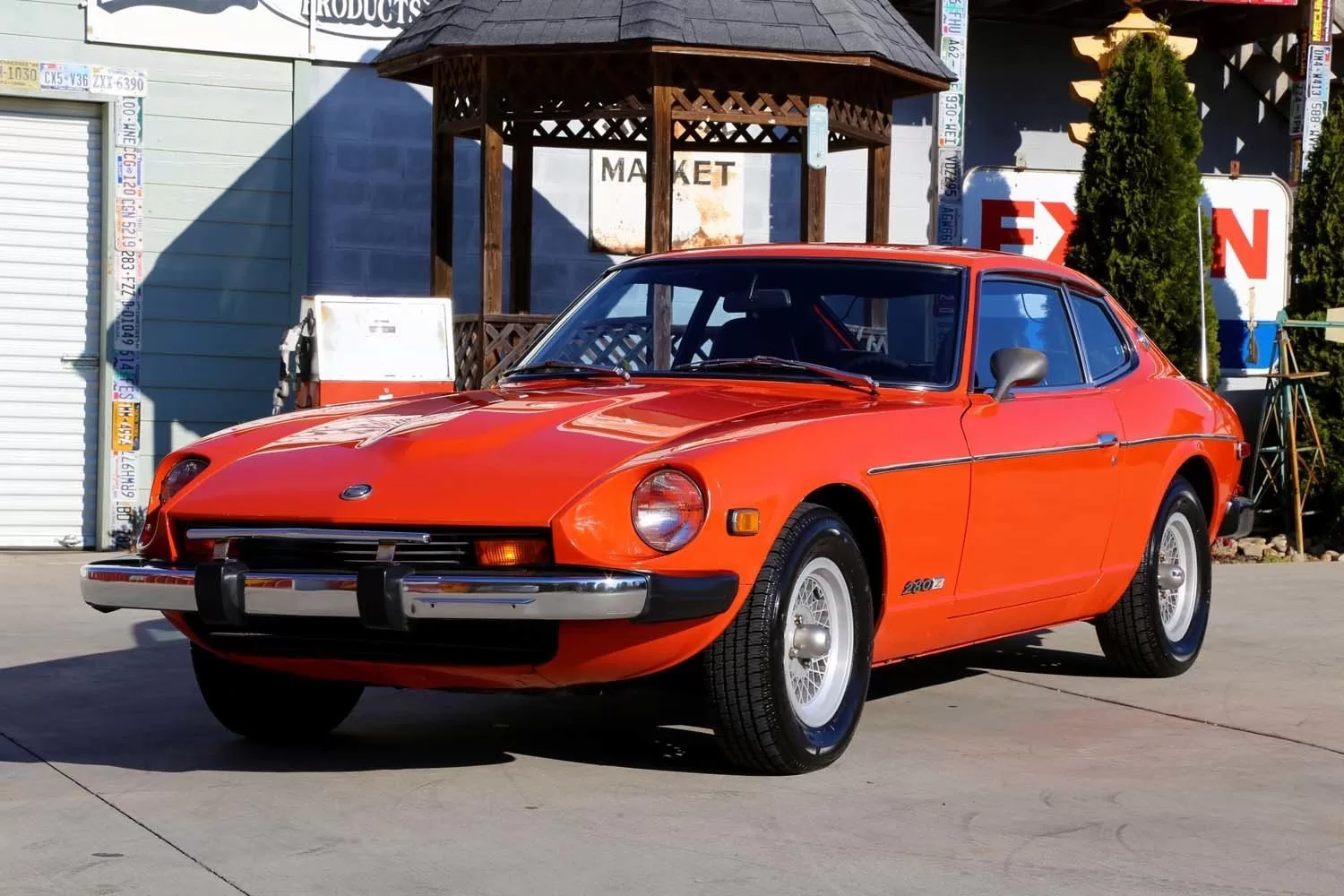
Inside, the 280Z’s interior design continued the minimalist GT approach focusing occupants’ attention on driving first and foremost. An angled dash wrapped around the door panels trimmed subtly in hard plastic or optional veneer. High-quality detailing like blameless ergonomic controls, floor-hinged pedals, and snick-snick stick shifts heighten user engagement. These thoughtful touches spotlighted the 280Z as a driver’s car through and through.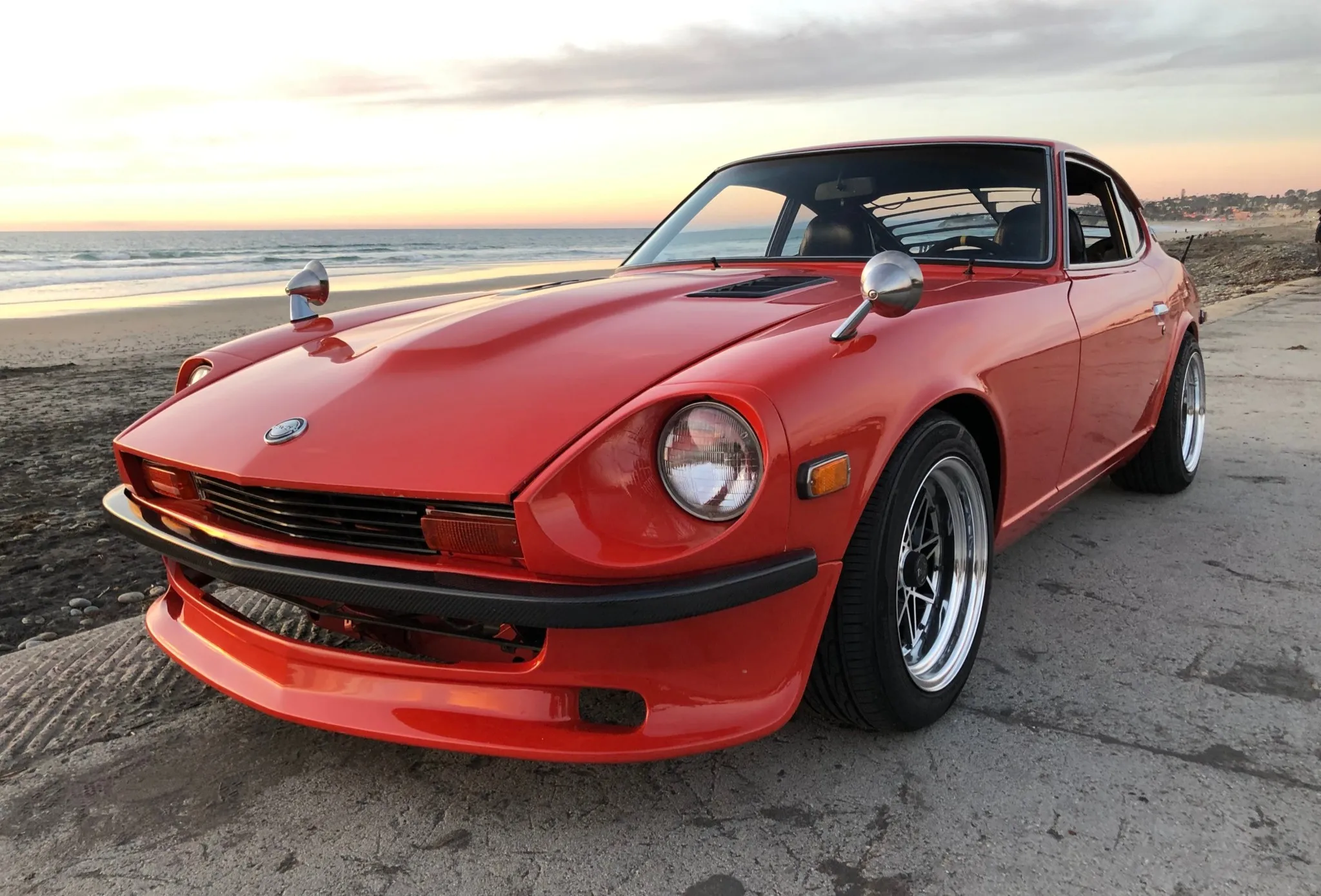
Standing tall as Nissan’s halo model, the 280Z brought Japanese sports car styling into the mainstream for the first time. Its tasteful execution inside and out, blending performance hardware with nuanced aesthetic restraint, established signature design cues still echoed by following generations decades later. The 280Z showed Japanese automakers could stand toe-to-toe with Europe’s old guard in the burgeoning sport GT segment.
Why The Datsun 280Z Remains an Icon Today
Despite stiff competition in its day ranging from homegrown underdog Toyota with Celica and Mk 1 Supra models on the affordable end to premium imports from Germany, the UK, and Italy, the 280Z carved out its niche. It paired bounding acceleration and tenacious cornering reflexes suited to canyon runs or track days together with everyday road comfort and practicality. Not to mention accessible pricing and reasonable upkeep costs thanks to shared components with high-volume Nissan economy car models.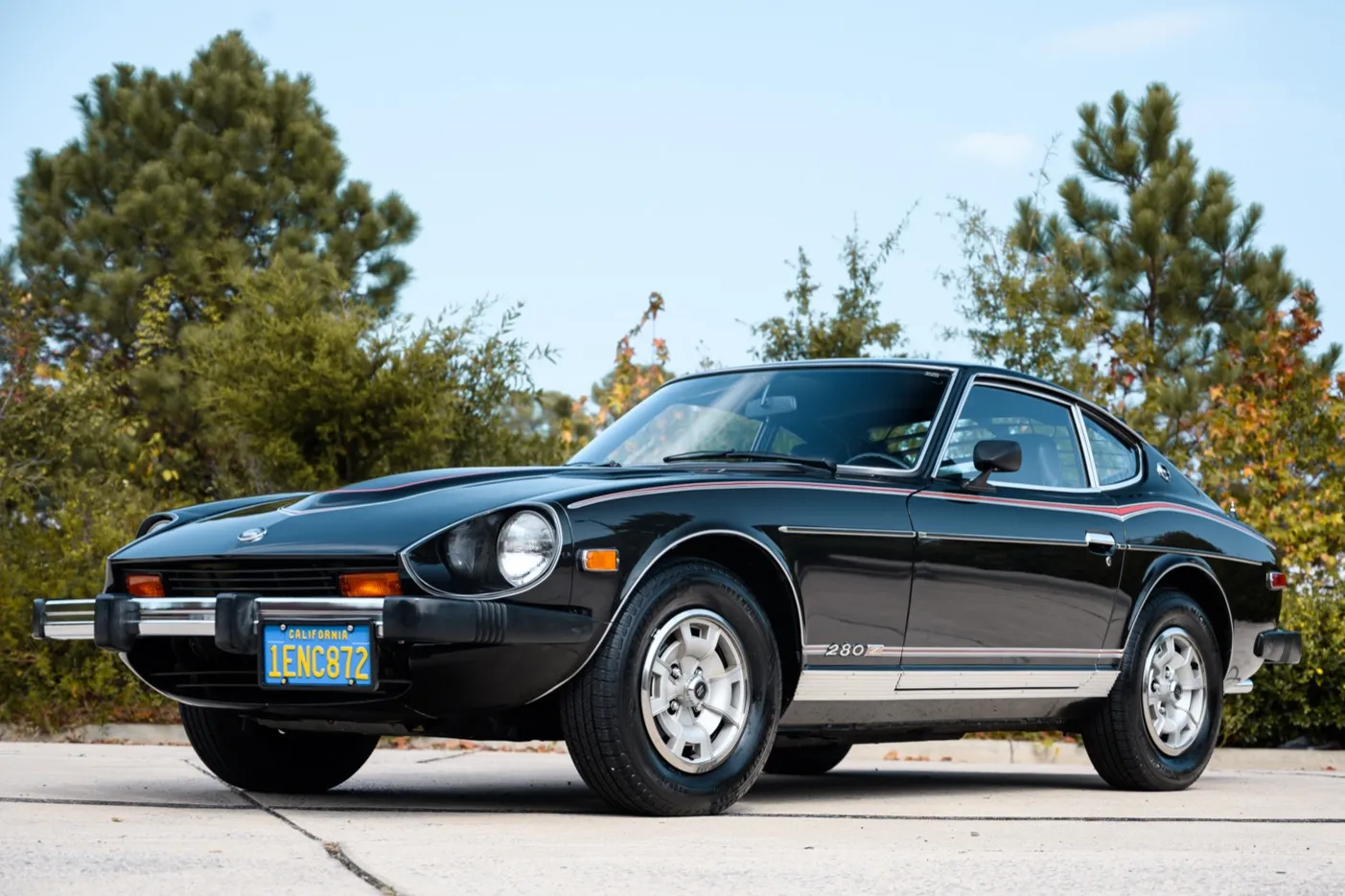
Fast forward to today, and those attributes central to the 280Z’s winning formula still ring true. Enthusiasts on a budget appreciate the plentiful selection of interchangeable drivetrain and suspension hardware ready to graft substantial performance gains into the durable chassis and body. Cosmetically the 280Z lends itself particularly well to tasteful resto-modifications enhancing factory goodness through carefully considered tweaks. Or collectors can restore their Datsun back to factory fresh status with ample new or reproduction replacement parts supply.
No matter the direction—preservation, modification, or restoration—the Datsun 280Z offers a stellar classic Japanese sports car package with timeless character still adored today. Its handsome styling and driver engagement seem only to improve with age. For motoring fans searching for accessible, enjoyable vintage machines with history and heart, the 280Z remains an excellent choice even now just as it did in the wild days of the 1970s.

